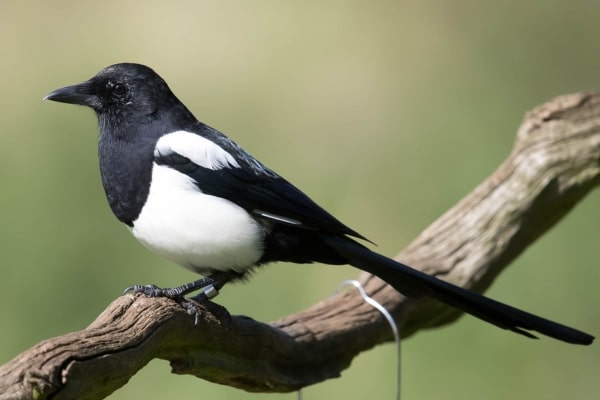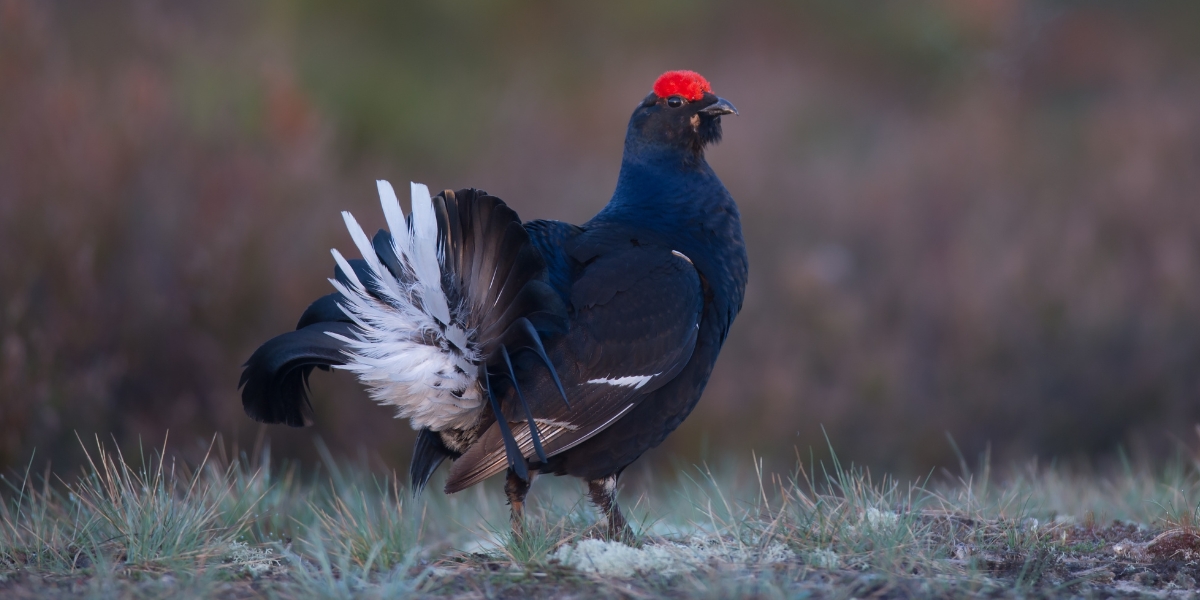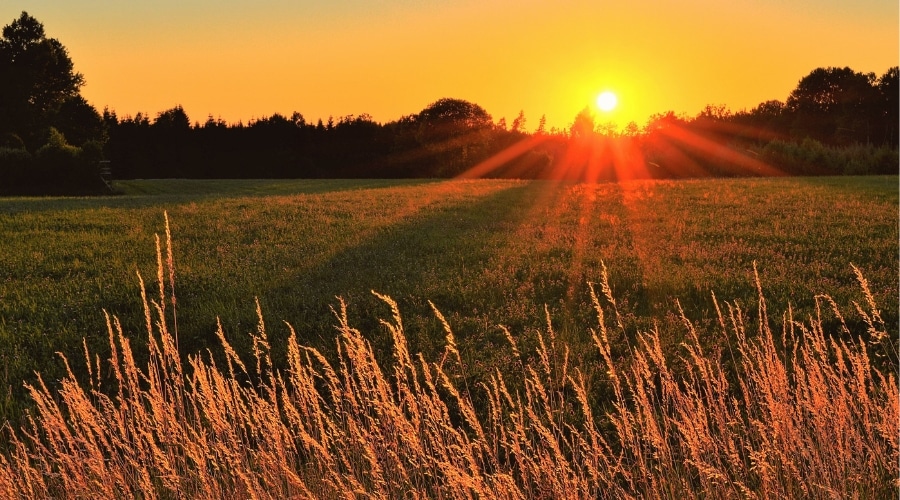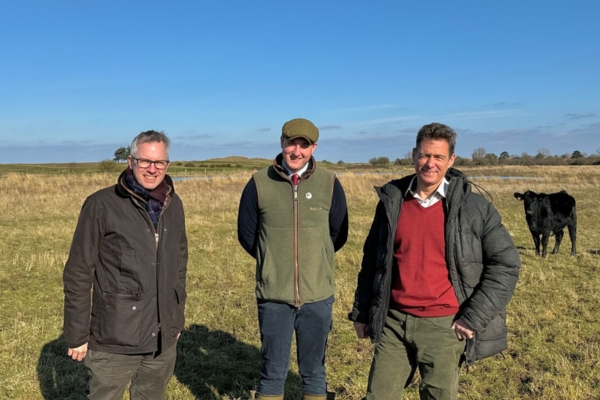
Life will be harder for farmers after magpies removed from Welsh general licence, says BASC
Magpies will be removed from the general licence in Wales from 1 January 2024.
Get information on the legal shooting season for mammals and birds in the UK.
Apply for funding for your project or make a donation today
Comprehensive information and advice from our specialist firearms team.
Everything you need to know about shotgun, rifle and airgun ammunition.
Find our up-to-date information, advice and links to government resources.
Everything you need to know on firearms law and licensing.
All the latest news and advice on general licences and how they affect you.


You hear them before you seem them. A weird, wuthering, burble punctuated by an occasional whoosh like a pop-can ring-pull. This is the soundtrack to one of nature’s true and rarest spectacles… the mating lek of the black grouse.
After a 4am start and a short drive we are in place on a remote track in Upper Teesdale before sunrise this May morning. Out there in the cool gloom, the birds are in place already.
“Before the dawn the blackcock fly down to claim their place on the lek,” says our guide Phil Warren, research scientist for the Game and Wildlife Conservation Trust (GWCT). He has been studying birds and other wildlife on these moors for 20 years – but the black grouse have been here for hundreds more, displaying on these same spots year after year.
The North Pennine hills are their last stronghold in England and Phil is in charge of an ambitious project to create a new foothold for the species 50 miles or so to the east, on the North York Moors.
BASC Wildlife Fund, the conservation charity linked to the UK’s biggest shooting organisation, is supporting the project through a £30,000 grant over three years.
In this first operational year, 20 black grouse from here have been translocated in the hope of starting a new population. If things go well more will follow.
Naturally, young black grouse seldom travel far before breeding themselves; males typically less than 1km and females an average 9km, so translocation is seen as potentially a game-changing way of increasing range and, ultimately, reversing the decline and shrinking distribution of this species.
“So far so good,” said Phil. “The capture and transportation went smoothly and the birds reacted well. They have settled in the new territory and are establishing new leks.
“The key is to find the right place. These birds need big landscapes with suitable connected habitats.”

In this particular big landscape we sit above a grassy crease among the dale’s steep ridges; and as our vehicle windows go down that curious call floats straight up to greet us through the dimness.
As the light improves we make out quivering patches of white. Scores of them, many tightly grouped in one area the size of a badminton court.
Some white dots rise a foot or so from earth then fall. Then growing light helps us join the dots.
We see the rounded black bodies and red eyebrows belonging to those fanned white tails and wing edges. Thirty or so blackcock puffing their chests at one another, strutting and jumping skyward to assert themselves. Despite the odd clash, posturing generally prevails.
These contests decide which will mate the females, four of which skirt the lek attentively. A few weeks before there would have been more greyhens, but now it is late season and most are already on the nest. For the males, this is a game of diminishing returns.
As we ourselves return, bright sunlight reveals the natural riches of this ‘keepered moorland. Countless curlew and lapwing, redshank, snipe, woodcock and meadow pipits in abundance… plus a handsome, confiding short- eared owl preening by the roadside.
Phil knows this ecosystem well and observes: “As far as you can see, these are managed grouse moors. They are not just good for grouse, but for all kinds of other red-listed birds. That’s why they are so valuable and important to conservation. That’s why we need them.”
You can support the work of the BASC Wildlife Fund by making a donation here today. Together, to we can create thriving natural habitats for generations to come.


Magpies will be removed from the general licence in Wales from 1 January 2024.

BASC is urging members to move quickly to express their interest in the Species Survival Fund for habitat work in England.

BASC regional officer Ryan Darby welcomed James Wild MP to a leading Norfolk estate to showcase the vital role shooting plays in conservation.